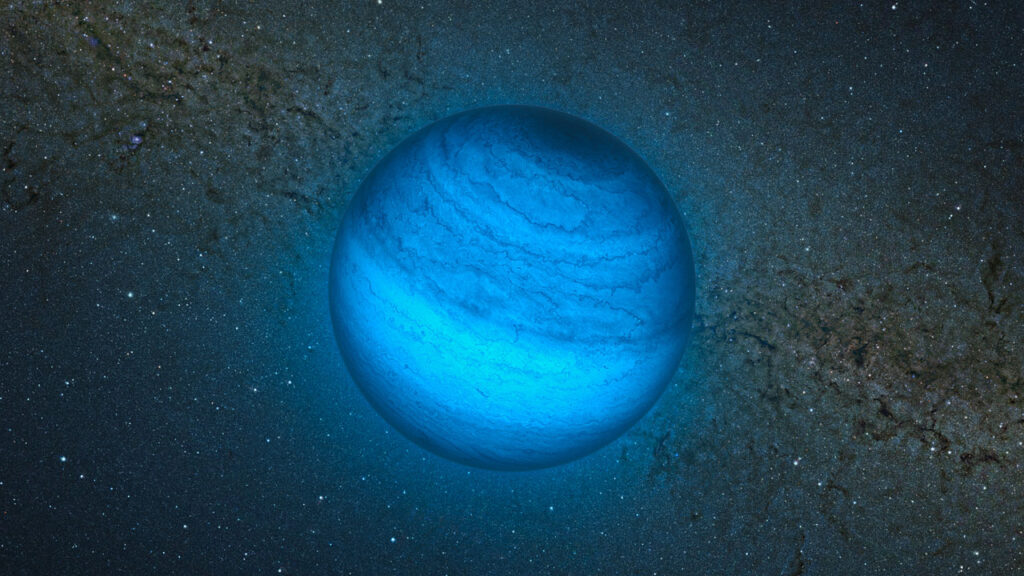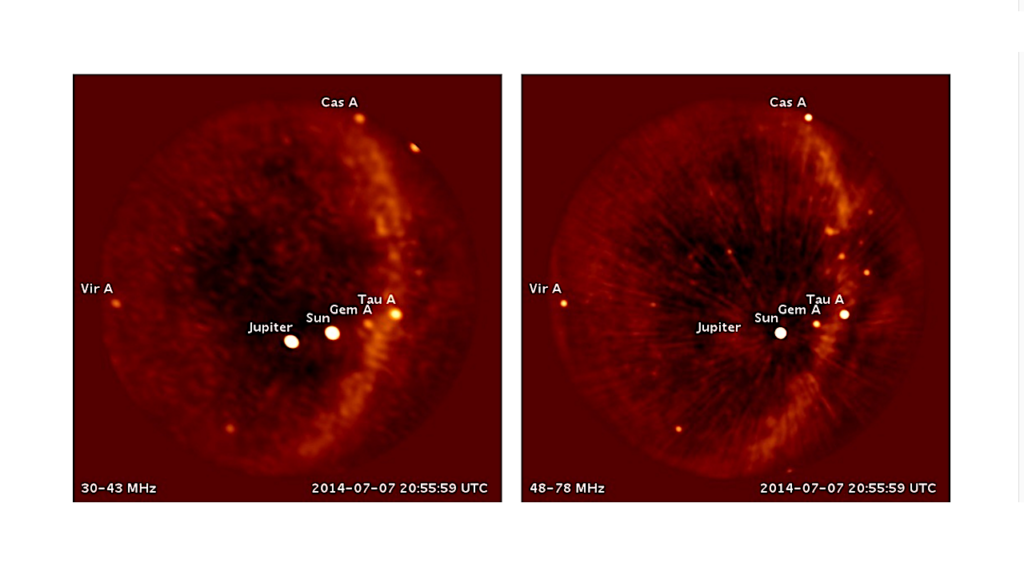An Early Catalog of Planet Hosting Multiple Star Systems of Order Three and Higher

We present a catalog (status July 1, 2022) of triple and higher order systems identified containing exoplanets based on data from the literature, including various analyses. We explore statistical properties of the systems with focus on both the stars and the planets.
So far, about 30 triple systems and one to three quadruple systems, including (mildly) controversial cases, have been found. The total number of planets is close to 40. All planet-hosting triple star systems are highly hierarchic, consisting of a quasi-binary complemented by a distant stellar component, which is in orbit about the common center of mass. Furthermore, the quadruple systems are in fact pairs of close binaries (“double-doubles”), with one binary harboring a planet.
For the different types of star-planet systems, we introduce a template for the classifications of planetary orbital configurations in correspondence to the hierarchy of the system and the planetary host. The data show that almost all stars are main-sequence stars, as expected. However, the stellar primaries tend to be more massive (i.e., corresponding to spectral types A, F, and G) than expected from single star statistics, a finding also valid for stellar secondaries but less pronounced. Tertiary stellar components are almost exclusively low-mass stars of spectral type M.
Almost all planets have been discovered based on either the Radial Velocity or the Transit method. Both gas giants (the dominant type) and terrestrial planets (including super-Earths) have been identified. We anticipate the expansion of this data base in the light of future planetary search missions.
M. Cuntz, G. E. Luke, M. J. Millard, L. Boyle, S. D. Patel
Comments: Accepted by ApJS; 59 pages, including 11 figures and 12 tables
Subjects: Solar and Stellar Astrophysics (astro-ph.SR); Earth and Planetary Astrophysics (astro-ph.EP)
Cite as: arXiv:2209.11346 [astro-ph.SR] (or arXiv:2209.11346v1 [astro-ph.SR] for this version)
https://doi.org/10.48550/arXiv.2209.11346
Focus to learn more
Submission history
From: Manfred Cuntz
[v1] Thu, 22 Sep 2022 23:38:14 UTC (1,798 KB)
https://arxiv.org/abs/2209.11346
Astrobiology,








